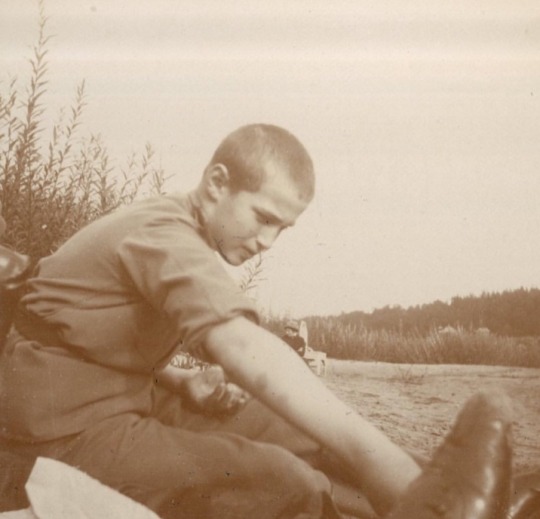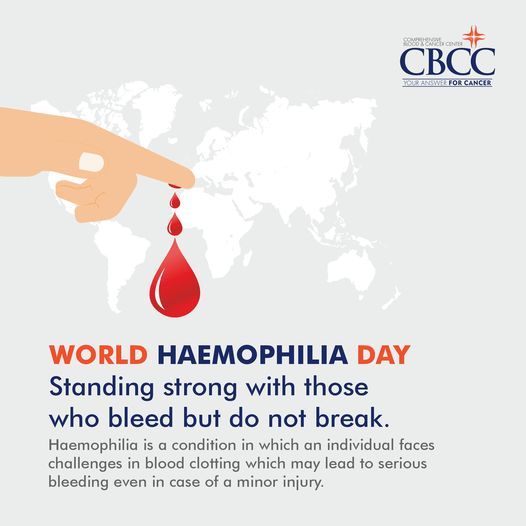#haemophilia
Text
Nico's favourite MCR song is Blood. Unrelated to this, Hc that Nico has Haemophilia. (It's not as bad when he's in the underworld)
@devils-little-sista
#haemophilia#my chemical romance#mcr#mcr blood#nico di angelo#percy jackson#percy jackson and the olympians#percy jackon and the olympians#heroes of olympus#trials of apollo#pjo#pjo fandom#hoo#hoo fandom#toa#toa fandom#riordanverse#misc skeptic thoughts
22 notes
·
View notes
Text
draw my blood n make me dizzy <3
56 notes
·
View notes
Text
Alexei's haemophilia was not a mystery outside of Russia
Within just a few months of Alexei's almost fatal haemophilia attack in Russia, the New York Times had figured out what exactly was 'wrong' with him.
After printing multiple articles that claimed he was suffering from tuberculosis of the bone, or peritonitis, or was shot by a revolutionary as a way to explain his condition, this article was published in November 1912:

24 notes
·
View notes
Photo







Some of my new Romanov artwork. ^_^
If you’d like to see more (and my other work) you can follow me:
Link of courtesy - https://www.instagram.com/passion_thruart/
Also, you can find me on deviantART as well:
Link of courtesy - https://www.deviantart.com/i-tsarevichalexei13
If you use my artwork, re-post it or share it PLEASE credit me, that’s all I ask!
Thanks! :)
#romanov#traditional art#pencil drawing#illustration#line art#maple room#alexander palace#otmaa#empress alexandra feodorovna#imperial russia#haemophilia
82 notes
·
View notes
Text

#cannibalposting#cannibalistic#goth#cannibalized#cannibal aesthetic#cannibal tw#vampcore#vampyr#vampire#devour me#hannibal#bloodletting#haemophilia#haematophiliac#tw blood#gore#soft gore#gore lover
5 notes
·
View notes
Text










BORN ON THIS DAY:
Alexei Nikolaevich (12 August [O.S. 30 July] 1904 – 17 July 1918) was the last Tsesarevich (heir apparent to the throne of the Russian Empire).
He was the youngest child and only son of Emperor Nicholas II and Empress Alexandra Feodorovna.
He was born with haemophilia — inherited from his mother Alexandra, an X chromosome hereditary condition that typically affects males, which she had acquired through the line of her maternal grandmother, Queen Victoria of the United Kingdom.
It was known as the "Royal Disease" because so many descendants of the intermarried European royal families had it (or carried it, in the case of females).
In 2009, genetic analysis determined that Alexei had hemophilia B.
#Alexei Nikolaevich#Alexei Nikolaevich Romanov#Tsarevich of Russia#House of Romanov#Romanov Dynasty#Russian Royal Family#haemophilia#hemophilia#Royal Disease#hemophilia B#Tsesarevich#Russian Empire
5 notes
·
View notes
Text
Vampire and their haemophilic boyfriend
2 notes
·
View notes
Text
getting told there’s a knack for lifting small children without rendering yourself immobile is nice and all Except i am yet to be told the knack. when will I be granted knowledge of the knack. does the knack come naturally..? is the real knack the friends we made along the way..? so many questions.
0 notes
Text
Supporting World Haemophilia Day: Advocacy for Improved Care and Treatment

Join us on World Haemophilia Day with CBCC Hospital in Raipur, Trichy, and Agartala. Join us in raising awareness and advocating for better treatment and care for those living with this rare bleeding disorder. Support the cause and help ensure vital resources for our community members affected by haemophilia.
#World Haemophilia Day#Haemophilia treatment#Bleeding disorders awareness#Rare disease support#Haemophilia care advocacy#haemophilia#bleedingdisorder#raredisease#healthawareness#cbcc#cbccindia
0 notes
Text

HAEMOPHILIA DAY
#gsta#guru#shishya#talent#academy#gurushishyatalentacademy#HAEMOPHILIA DAY#HAEMOPHILIA#classes#skills#development#garvebhavipalya#bangalore
0 notes
Text

HAEMOPHILIA DAY
#ecs#eeka#eekaconsultancyservices#consultancyservices#services#consultancy#training#webdevelopment#HAEMOPHILIA DAY#HAEMOPHILIA
0 notes
Text
Paint my body with your blood 🩸♡
#haematophiliac#haemophiliac#haemophilia#haemophile#bloodkink#blood play#bloood#bl0od#blo0d#blood core#bl0od core#bloodfetish#paraphilia#dark romance
29 notes
·
View notes
Text

#skillprowisetrainingacademy#skills#trainingacademy#training#academy#skillprowise#HAEMOPHILIA DAY#HAEMOPHILIA
0 notes
Link
Haemophilia figured prominently in the history of European royalty in the 19th and 20th centuries. Queen Victoria and her husband, Prince Albert, of the United Kingdom, through two of their five daughters – Princess Alice and Princess Beatrice – passed the mutation to various royal houses across the continent, including the royal families of Spain, Germany, and Russia. Victoria's youngest son, Prince Leopold, Duke of Albany, also had the disease, though none of her three elder sons did. Tests on the remains of the Romanov imperial family show that the specific form of haemophilia passed down by Queen Victoria was probably the relatively rare haemophilia B.[1] The presence of haemophilia B within the European royal families was well-known, with the condition once popularly known as "the royal disease".
0 notes

